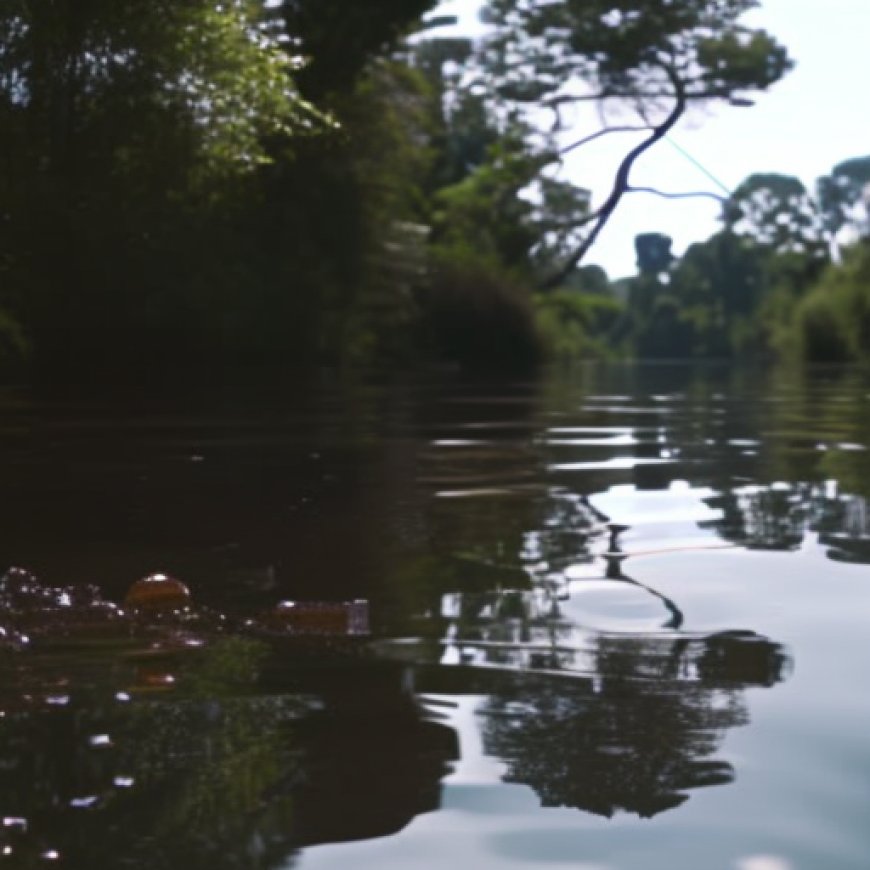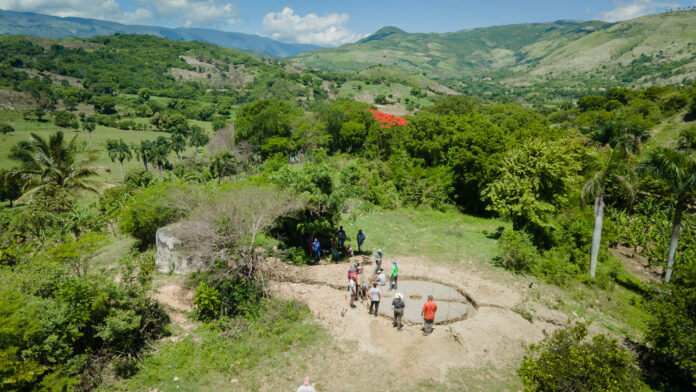Mercer tackles global water crisis by bringing clean water to communities in need
Mercer University tackles global water crisis Mercer University


The Mercer University’s Efforts in Providing Clean Water and Sustainable Solutions
Introduction
Access to clean water is a fundamental necessity for life, health, and food supplies. Unfortunately, approximately 2 billion people worldwide lack access to this vital resource, as reported by the World Health Organization. Mercer University recognizes the importance of addressing the global water crisis and has been actively working on solutions to provide clean water to communities in need, both locally and abroad. Through initiatives such as Mercer On Mission and the School of Engineering, the university aims to contribute to the achievement of the Sustainable Development Goals (SDGs) related to clean water and sanitation.
Mercer On Mission and International Efforts
Mercer University’s overseas initiatives, particularly through Mercer On Mission, have been at the forefront of their water-focused projects. Since 2010, faculty and students have been installing water systems in rural communities in Kenya, Madagascar, Uganda, and the Dominican Republic. These initiatives, established by Dr. Michael MacCarthy and continued by engineering professors Dr. Natalia Cardelino and Dr. Laura Moody, aim to create lasting change by providing clean drinking water to communities in need.
The Mercer On Mission program involves the construction of water systems, including spring boxes, water tanks, and piping, using local materials. These systems ensure the protection of the community’s water source, storage, and treatment of water, and distribution to homes. The program also focuses on testing water for heavy metals, bacteria, and other contaminants to improve water systems and treatment processes.
Sustainable Solutions and Local Impact
In addition to international efforts, Mercer University is dedicated to addressing water issues on a local level through the Groundwater Innovation Center. This center serves as a hub for research, innovation, education, and collaboration in establishing best practices for improved water access. It involves multiple disciplines and faculty members from various Mercer schools and departments.
One sustainable solution being explored is controlled environment agriculture, specifically hydroponics. Dr. Sarah Bauer, an assistant professor of environmental and civil engineering, has been growing butter lettuce using a hydroponics growth system. This technique allows crops to be grown in water infused with nutrients instead of soil, reducing water usage and increasing access to nutritious foods.
Another area of focus is gray water treatment. Dr. Philip McCreanor and his students have been studying gray water for two decades, resulting in the design and installation of gray water treatment systems in Habitat for Humanity houses. Gray water, which includes household wastewater excluding sewage, can be reused for yard irrigation, reducing water consumption and the burden on water treatment plants.
Conclusion
Mercer University’s commitment to addressing the global water crisis is evident through its initiatives and research efforts. By providing clean water to communities in need and exploring sustainable solutions, the university is actively contributing to the achievement of the SDGs related to clean water and sanitation. Through collaborations and interdisciplinary approaches, Mercer University aims to make a lasting impact on the lives of individuals and promote a more sustainable future.
SDGs, Targets, and Indicators
SDGs Addressed:
- SDG 6: Clean Water and Sanitation
Specific Targets:
- Target 6.1: By 2030, achieve universal and equitable access to safe and affordable drinking water for all.
- Target 6.3: By 2030, improve water quality by reducing pollution, eliminating dumping and minimizing release of hazardous chemicals and materials, halving the proportion of untreated wastewater, and substantially increasing recycling and safe reuse globally.
- Target 6.4: By 2030, substantially increase water-use efficiency across all sectors and ensure sustainable withdrawals and supply of freshwater to address water scarcity and substantially reduce the number of people suffering from water scarcity.
Indicators:
- Indicator 6.1.1: Proportion of population using safely managed drinking water services.
- Indicator 6.3.2: Proportion of bodies of water with good ambient water quality.
- Indicator 6.4.1: Change in water-use efficiency over time.
The article addresses SDG 6: Clean Water and Sanitation, which aims to ensure availability and sustainable management of water and sanitation for all. The specific targets identified based on the article’s content are Target 6.1, Target 6.3, and Target 6.4. Target 6.1 focuses on achieving universal access to safe and affordable drinking water, Target 6.3 aims to improve water quality and reduce pollution, and Target 6.4 aims to increase water-use efficiency and address water scarcity.
The article mentions or implies several indicators that can be used to measure progress towards the identified targets. Indicator 6.1.1 measures the proportion of the population using safely managed drinking water services, indicating progress towards achieving universal access to safe drinking water. Indicator 6.3.2 measures the proportion of bodies of water with good ambient water quality, indicating progress towards improving water quality and reducing pollution. Indicator 6.4.1 measures the change in water-use efficiency over time, indicating progress towards increasing water-use efficiency and addressing water scarcity.
Table: SDGs, Targets, and Indicators
| SDGs | Targets | Indicators |
|---|---|---|
| SDG 6: Clean Water and Sanitation | Target 6.1: By 2030, achieve universal and equitable access to safe and affordable drinking water for all. | Indicator 6.1.1: Proportion of population using safely managed drinking water services. |
| SDG 6: Clean Water and Sanitation | Target 6.3: By 2030, improve water quality by reducing pollution, eliminating dumping and minimizing release of hazardous chemicals and materials, halving the proportion of untreated wastewater, and substantially increasing recycling and safe reuse globally. | Indicator 6.3.2: Proportion of bodies of water with good ambient water quality. |
| Target 6.4: By 2030, substantially increase water-use efficiency across all sectors and ensure sustainable withdrawals and supply of freshwater to address water scarcity and substantially reduce the number of people suffering from water scarcity. | Indicator 6.4.1: Change in water-use efficiency over time. |
Behold! This splendid article springs forth from the wellspring of knowledge, shaped by a wondrous proprietary AI technology that delved into a vast ocean of data, illuminating the path towards the Sustainable Development Goals. Remember that all rights are reserved by SDG Investors LLC, empowering us to champion progress together.
Source: den.mercer.edu

Join us, as fellow seekers of change, on a transformative journey at https://sdgtalks.ai/welcome, where you can become a member and actively contribute to shaping a brighter future.








